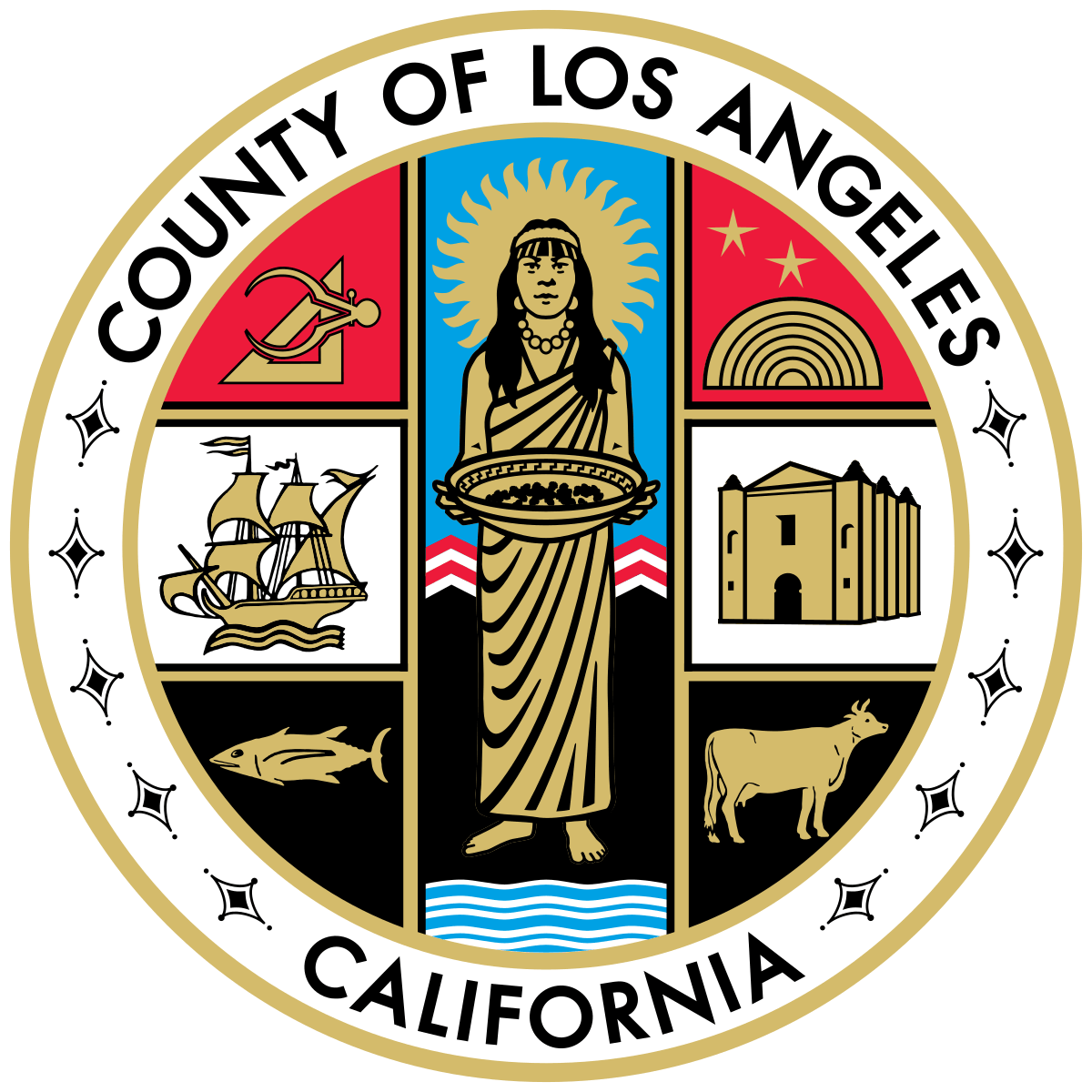-
Safety FAQs
-
What is a multi-use trail?
A multi-use trail accommodates hikers, mountain bikers, and equestrians on the same path. When trail conditions require a right of way for safe passage, equestrian users have the primary right of way, hikers next and then cyclists. When trail conditions allow and when there is width to safely pass, common courtesy should prevail for all users. Stand to one side of the trail and allow them to pass. Ask for permission to pass. Mountain bikes and OHV yield to all trail users. Anticipate other trail users as you ride around corners. When in a group, avoid blocking the trail. Bicyclists traveling downhill should yield to ones headed uphill, unless the trail is clearly signed for one-way or downhill-only traffic. In general, strive to make each pass a safe and courteous one.
-
What clothing should I wear on the trails?
Please consider the weather. The weather will influence the style of clothing you should wear. You want to stay comfortable and protected while on the trails. A great tip is to wear layered clothing, which is essentially layers of clothing, this way you can change your clothes quickly and simply and allow for maximum comfort. You might also want to consider length and wear something breathable and long on a hot day. This will help protect your skin from sunburn, being scratched, or bitten, thus keeping you safe and cool. As for headgear, it is always recommended to wear a hat to protect from sunburn or to act as protection from rain. Sunglasses with a high UV protection are also recommended.
-
Where do I find what conditions are like on the trails?
Visit the individual trail page on this website to read about the trail you plan to explore and view the vital trail information such as trail surface types, elevation gain, and the current weather and to view photos of the trail. If applicable, you will see any current alerts for the trail. If you want to read about what others trail users think of the trails, read the user reviews for a particular trail. The information provide on these pages should help you determine if the trail is appropriate for you.
-
Should I bring a GPS?
A GPS is not needed to have a safe and pleasurable trail experience, but if you have one, there are some major advantages. A GPS device can serve as your primary mode of navigation and help you stay on the trail. Additionally, nowadays most smartphones have full GPS capability onboard, the only problem might be that in the mountains or canyons the coverage might be very patchy.
-
Do you offer guides for trails?
Yes, on each individual trail page you will find a downloadable and printable QuickGuide which includes a map of the trail with vital information such as a description of the trail, trail length, allowed uses, trail surface type, an elevation profile and photos of the trails to help you plan your outing.
